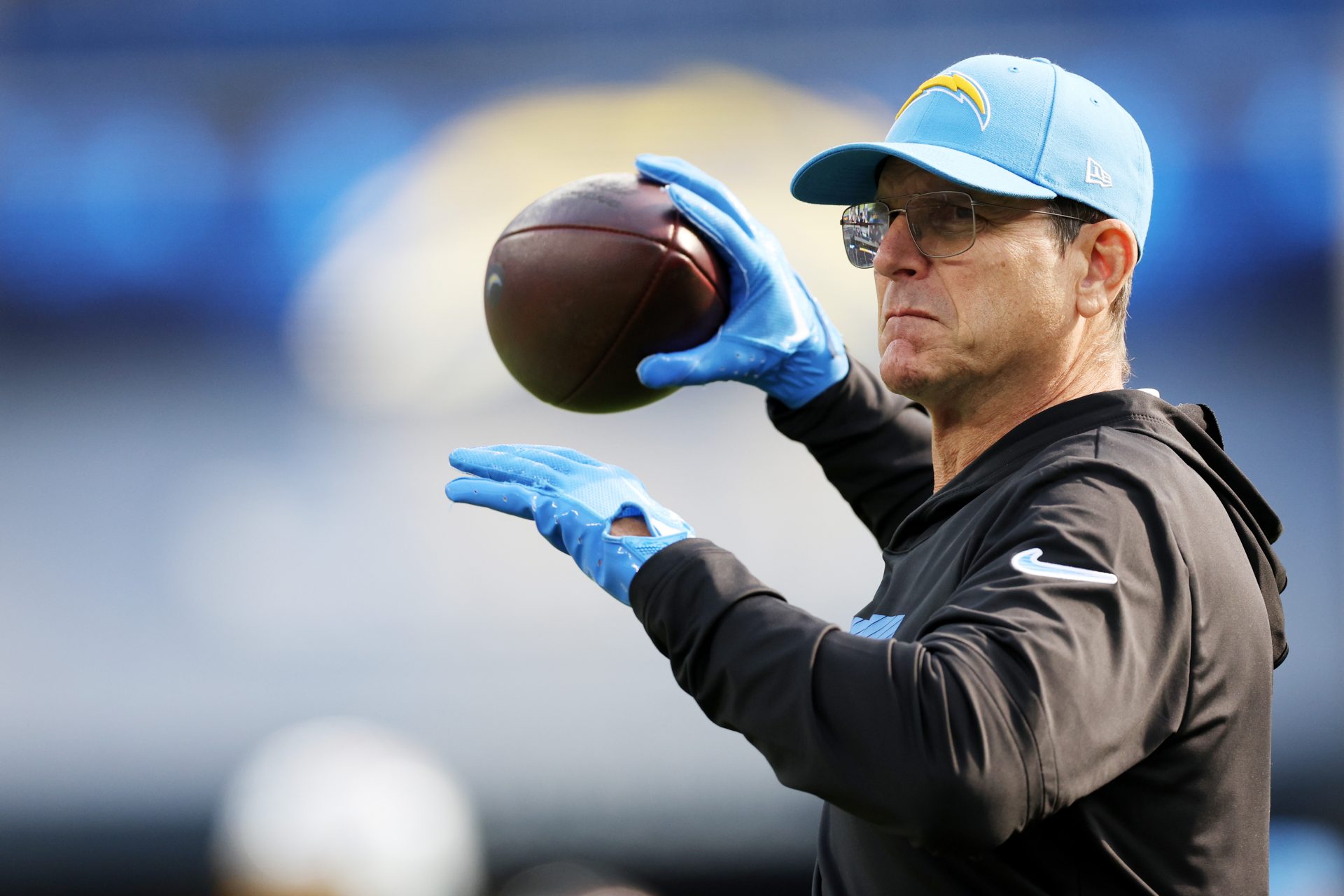Are these the most controversial moments in cricket?
Cricket is a sport rich in history, with test matches approaching their 150-year anniversary and amateur cricket dating back to the early 1700s. Along the way there have certainly been some controversial moments that have split opinions, so let’s take a look at times when cricket got heated.
1981 saw Australia vs their trans-Tasman rivals New Zealand play in a five-match series to determine the winner of the 1980–81 World Series Cup. Needing six to win from the final over, Trevor Chappell, under instructions from his brother (and captain) Greg, bowled underarm. A legal delivery at the time, but after the Kiwis stormed from the field, the rules were swiftly amended.
The once heralded captain of South Africa, Hansie Cronje, was at the centre of a match-fixing ring that was uncovered after a result went against the Proteas side in 2000. Cronje was banned for life for his involvement and would die in a plane crash two years later.
Tony Greig was a South African-born England test captain who, when the legendary West Indian side of the late 1970s toured England, said he was going to make the tourists “grovel”. The racial connotations were stark and the West Indians were rightfully riled up, dismantling the English 3-0.
Never one to shy away from a fight, Dennis Lillee was a fiery fast bowler who courted controversy when he walked out to bat with an aluminium bat. Modeled after baseball, the ComBat was designed by a friend of Lillee’s and after a fierce argument was banned on the field with laws requiring all bats be made from wood moving forward.
Muttiah Muralitharan is an unconventional bowler to say the least, his action certainly looks as though there is a bend in the arm, but after Australian umpire Darrell Hair’s persistent no-balling it was tested and discovered to be within the laws. Hair’s actions caused furore in the Sri Lankan team, with them leaving the field in protest at one point and accusations of racism abound.
Late August of 2010 saw Pakistan battle it out with England at Lord’s in a tightly contested test series decider. Everything seemed relatively normal, Stuart Broad century aside, until it was revealed three Pakistani players, Salman Butt, Mohammad Asif and Mohammad Amir were involved in a spot-fixing ring, deliberately bowling no-balls on command.
Australia have always been viewed as a team who push the boundaries, but the 2018 ‘Sandpapergate’ scandal was a watershed moment for the team. With Steve Smith, David Warner and Cameron Bancroft all receiving lengthy bans for their involvement and a push towards a more personable approach to the game followed.
Whilst Australia were certainly not the first team to tamper with the ball, it may have been the most egregious example of ball tampering. Mike Atherton in 1994 was slightly more subtle, but the England captain at the time was spotted using dirt he kept in his pocket to change the condition of the ball, Atherton denied this was a deliberate act but was fined nonetheless.
OK, so the ball did deflect off Brad Haddin’s gloves before making it’s way to Michael Clarke at slip, but the edge was still remarkably obvious. Somehow Aleem Dar missed the nick and Broad stood his ground (fairly) with a juxtaposed look of cherubic innocence and deep, fearful guilt. Broad recently noted he backed his decision as it would become a deciding factor in England winning the test.
Both Singh and Symonds are fiery characters at the best of times, but when India toured Austrlia in 2008-09 there was plenty to get both going. Only Singh knows exactly what he said, but accusations of racism were made, with Andrew Symonds Caribbean heritage being brought up against him. Singh was found not-guilty on appeal after initially receiving a lengthy ban.
The 2005 Ashes is seen by many as the greatest test series ever. There was certainly no shortage of explosive moments, but the biggest blow-up was by Ricky Ponting, the Aussie captain after he was run out by sub-fielder Gary Pratt. Ponting lost his temper as he stormed back to the dressing room as England used specialist fielders as subs.
This is part controversy, part conspiracy as then Pakistan coach Bob Woolmer died the midst of the 2007 World Cup in the Caribbean. Many ex-pros who had connections to Woolmer had their suspicions about his death, with some going so far as to suggest he was killed due to his discovery of a mafia-backed betting ring that would take down powerful figures in cricket.
Douglas Jardine had one goal as England captain during the 1932-33 Ashes, stop Don Bradman. He and his fast bowling lackey Harold Larwood devised ‘Bodyline’, bowling at the batter’s body with the aim to intimidate and eventually get them out. As Australian captain Bill Woodfull said, “There are two teams out there; one is trying to play cricket."
Pakistan were battling England at the Oval, when, just before the tea break, they were accused by umpires Darrell Hair and Billy Doctrove of ball-tampering. Upon the scheduled resumption of play, the Pakistanis refused to return to the field of play, after a few minutes of their protest, the game was awarded to England via forfeiture. The first and only instance in test history.
The 2023 Ashes started in a friendly enough manner, with both teams playing hard but seemingly enjoying the games at the same time. It wasn’t until day five of the Lord’s test that tempers flared. Jonny Bairstow wandered out of his crease and was stumped by Alex Carey in controversial circumstances, letting loose a debate that could rage on for decades.
More for you
Top Stories





























